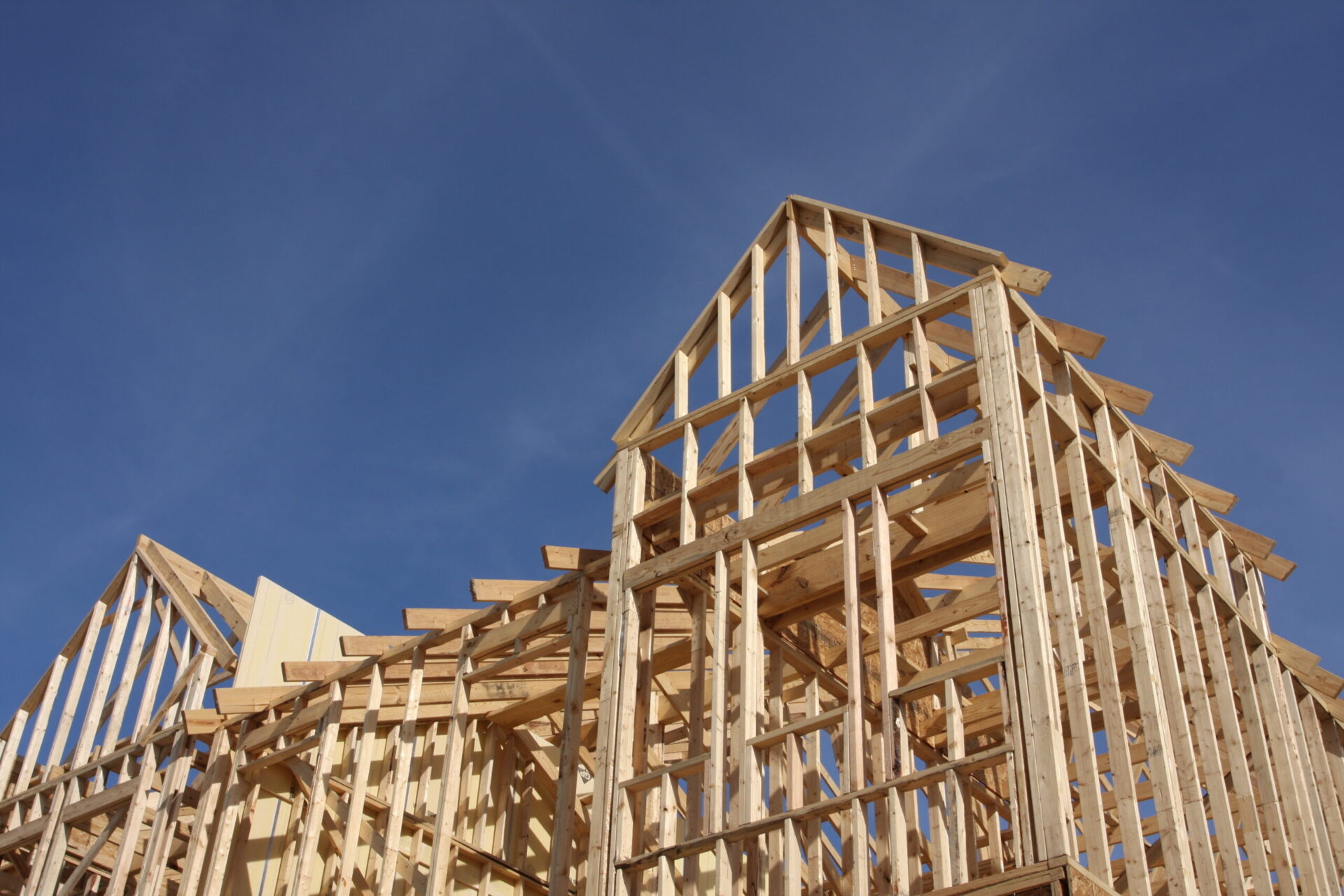As potential homebuyers struggle to find affordable houses, new construction may not be a reliable fix. Prices for newly-constructed homes outpaced median income, pricing out most Americans, according to a study from real estate tech firm Knock.
Knock reported that prices for newly-constructed homes are unseasonably high, with August’s median new home price staying the same from July at $390,900. That price outpaces the national median household income, which has dropped 2.9% to $67,521 from 2019 to 2020. It is the first decline since 2011, and early forecasts show only small rebounds in 2021.
“To put things in perspective, the minimum total household income for a mortgage on a $390,900, with a 6% down payment, typically falls just under $80,000,” the report reads.
“At this level, nearly 60% of U.S. households would not be eligible.”
Sacramento topped the list of metros with the highest percentage of households unable to afford new construction, at 80%. Miami also hit 80%, followed by Las Vegas (65%), Phoenix (63%), and Denver (62%).
Even in the metros with the lowest percentage of priced-out households, the numbers remained high. San Antonio topped that list, but 49% of households were still below the threshold. Oklahoma City followed at 50%, along with Raleigh (50%), Minneapolis (51%), Atlanta (52%), and Dallas (52%).
Housing construction has been a major player in the current housing affordability crisis. Freddie Mac estimated the U.S. is short 3.8 million housing units. But while construction is in demand, labor shortages and supply chain problems have inflated prices.
The price of lumber hit an all-time high of more than $1,500 per thousand board feet in May and, though it dropped slightly over the summer, it’s rising once again. The National Association of Homebuilders (NAHB) has asked the Biden administration to focus on labor and construction materials in its efforts to increase affordable housing.
“Without large economies of scale, small businesses generally cannot negotiate bulk discounts on lumber and other key building materials,” said NAHB Chairman Chuck Fowke. “The effects of this uncertainty trickle all the way to the buyer, many of whom have balked at projects at the last minute due to unexpected price increases.”
There are shortages at all price levels, but lower-income earners are expected to be hit hardest by rising prices. Washington is trying to mitigate the lack of housing under $200k by expanding affordable housing programs. Freddie Mac announced plans to offer at least $3 billion in Single-Family affordable housing bonds. The bonds are intended to boost homeownership, especially in low-income markets.
“Through this new, multi-billion-dollar affordable housing bond program, we are providing focused liquidity, stability and affordability designed to bring sustainable homeownership opportunities to lower-income borrowers across the country. This is also intended to give investors a vehicle to invest in underserved communities,” said Michael DeVito, CEO of Freddie Mac.
First-time homebuyers who often struggle to save for a down payment are also disadvantaged as prices rise. Older buyers who can tap their equity have an advantage in a cash-flooded market, so Millennials who are looking to buy their first home are being outbid.
